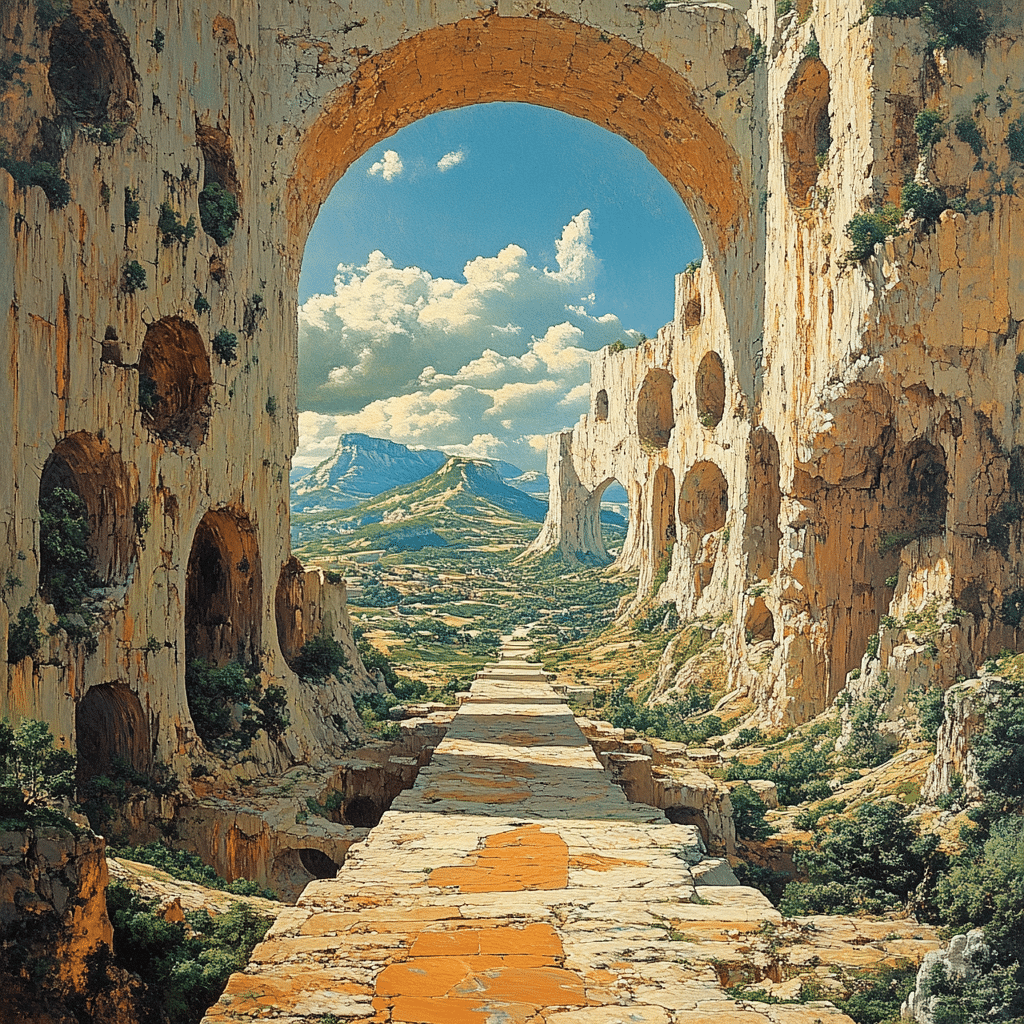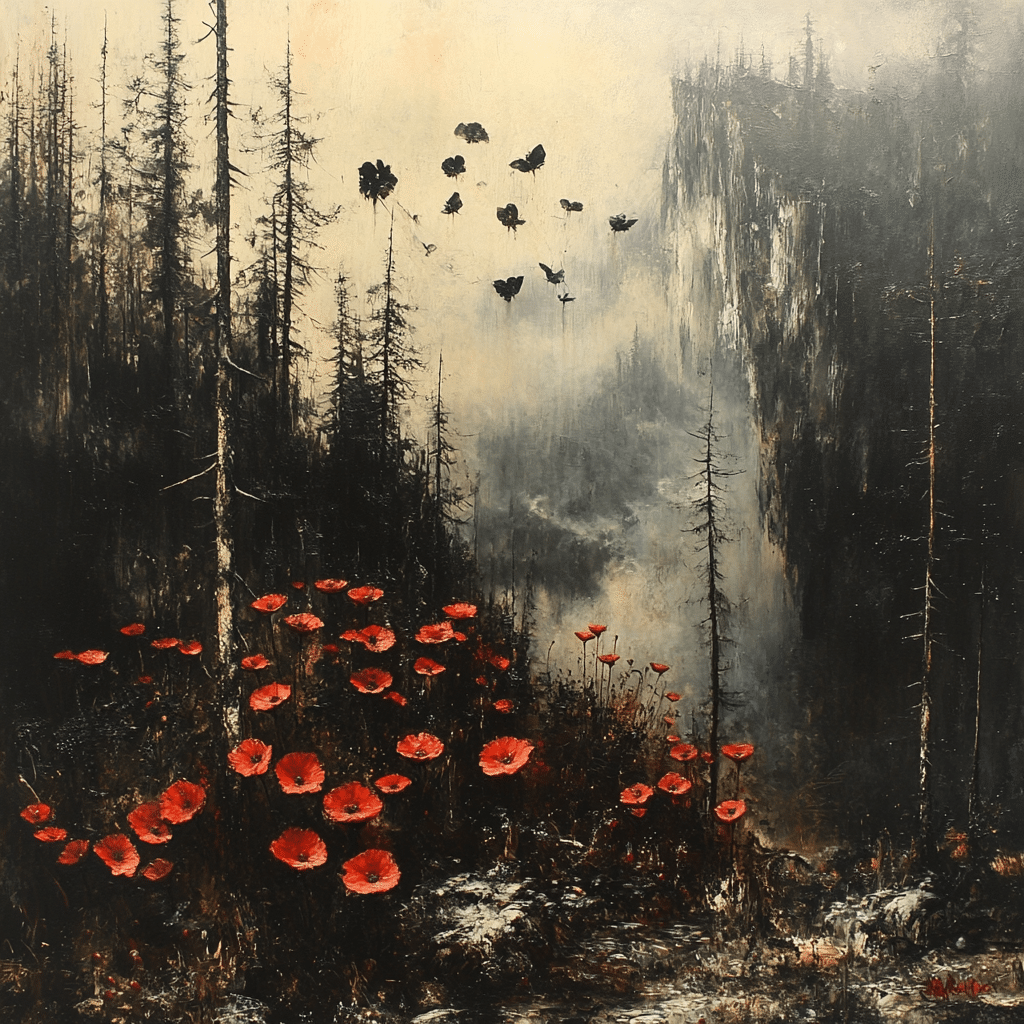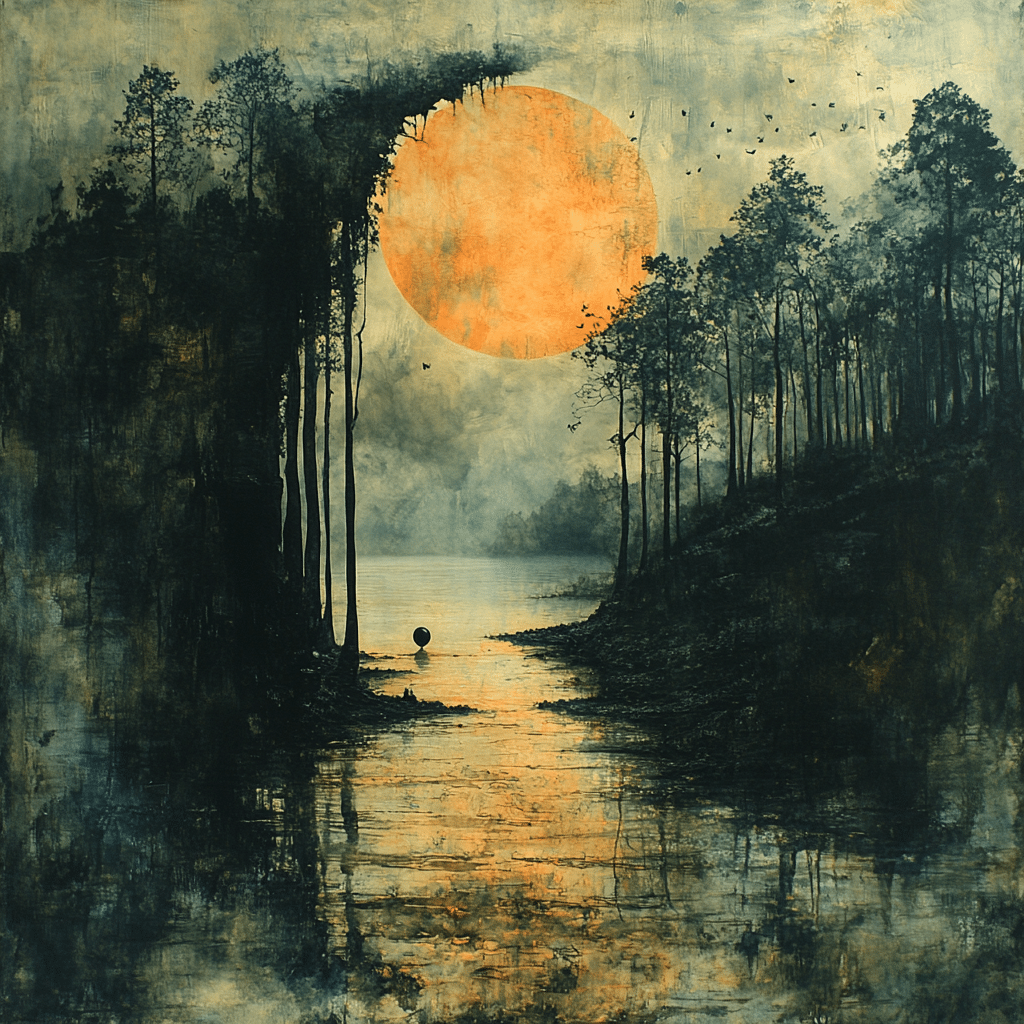Music speaks a language of emotions, cultures, and histories. Among its many expressions, largos stand out for their slow and expansive nature. Characterized by a broad tempo, generally between 40 to 60 beats per minute, largos induce a contemplative atmosphere. These pieces resonate deeply with both musicians and audiences, enabling a connection that transcends boundaries. The significance of largos in music history cannot be understated; they evoke powerful feelings and reflect the intricacies of human experience.
The Significance of Largos in Music History
Historically, largos have found their place in classical music, from the baroque compositions of Johann Sebastian Bach to the emotionally rich orchestrations of Gustav Mahler. Back then, composers crafted largos as a way to deepen emotional impact. For instance, Bach used them to showcase the beauty of his harmonies, while Mahler’s elongated phrases allow listeners to delve deep into contemplation.
The Romantic era further popularized this musical form, as composers sought ways to express the vastness of human emotion. Imagine attending a concert where the air is filled with the sound of strings, each note unfolding like a flower, slowly revealing its layers. This approach has remained relevant through the centuries, connecting different generations of music lovers. More recently, contemporary artists are reinterpreting the concept of largos, blending classical sensibilities with modern touches.

Top 5 Largos That Define the Madrid Zone’s Musical Landscape
The vibrant Madrid Zone is a treasure trove of musical gems, especially when it comes to largos. Here’s a look at five notable pieces that truly capture this essence:
This piece is a stunning showcase of traditional Spanish motifs blended with classical structures. Rodrigo’s largo sections slow the narrative, transforming performances into emotional oases.
An all-time favorite, this adagio resonates with lush beauty. The melancholic melodies of this composition create a bridge connecting history and contemporary life, embodying the spirit of Spain.
While Bizet is renowned for lively pieces, the largo sections in this suite offer a contrasting emotional depth. They encapsulate the passion and longing that characterize Spanish culture.
This symphonic masterpiece is a profound exploration of emotions. You can often hear it performed in Madrid, where orchestras dive deeply into the rich textures of the largo passages, each conductor bringing their interpretation.
Although Barber was American, this work resonates within the Spanish musical culture. Frequently performed with local orchestras in Madrid, its expansive dynamics and haunting melodies exemplify what a largo should convey.
Expansive Largos in Malaga, Spain: A Cultural Examination
A slightly different story unfolds in Malaga, Spain, where the city’s cultural landscape integrates tradition with innovation. Here, the Malaga Philharmonic Orchestra highlights largo segments in both classical and contemporary works. With influences from local composers, Malaga musicians explore how expansive expression can take on new dimensions.
Local maestro Manuel de Falla inspires many with his creative interpretations of largo movements. As audiences indulge in performances featuring Falla, the cultural and emotional depth within pink-hued sunsets of Malaga becomes essential to the experience. Imagine the vibrant Mediterranean music scene, where each note lingers like the warm coastal breeze.
In addition, the infusion of modern elements into traditional largos fosters an array of stylistic interpretations. As various composers add their unique spins, audiences can expect anything from folkloric melodies to progressive arrangements that incorporate multi-genre influences.

The Influence of Shiraz: Persian Largos and Their Resonance
Interestingly, the slow and expansive concept of largo mirrors styles found in Persian music, particularly in the art of dastgah. This improvisation form embodies slow, flowing sections, tapping into deep emotional resonance. The parallels between these two rich musical traditions reveal how cultures can share emotional expressions despite geographical differences.
Festivals in cities like Shiraz provide venues for artists to showcase lengthy improvisational works, echoing the languid beauty of traditional largos. Attendees revel in the richness of both Persian and Spanish music, uncovering a shared human experience that transcends borders. It becomes a captivating exploration of how sound can articulate feelings and connections across diverse cultures.
Modern Takes on Largos and Their Implications
With society’s fast-paced nature, revisiting largos has become a counter-movement embracing mindfulness through music. Contemporary composers like Ludovico Einaudi and Max Richter pay homage to traditional largos, weaving modern sonic landscapes that captivate today’s audiences.
Einaudi’s peaceful piano melodies and Richter’s cinematic compositions prompt listeners to take a breath, allowing reflections to arise. Their works not only celebrate rich emotional expression but also encourage personal introspection, inviting people to slow down amidst life’s chaos.
Additionally, music enthusiasts can explore various platforms, including concerts, streams, or intimate settings that present performances of these expansive pieces. They reveal how engaging with sound can trigger feelings of tranquility and connection.
A New Dimension in Experiencing Largos
Integrating the slow, beautiful essence of largos into everyday life is both challenging and rewarding. Recordings and live performances provide opportunities to embrace this emotional depth, enhancing the listener’s experience of time and feeling.
As cities like Madrid and Malaga evolve their musical offerings, incorporating educational aspects around largos can further enrich community relationships with music. Imagine workshops, classes, and community performances designed to connect participants with the magic of slow-moving pieces.
In summary, the fusion of traditional roots with contemporary exploration ensures that largos will thrive within music’s future. By understanding the threads connecting diverse musical expressions, we cultivate avenues for richer community appreciation. Whether you find yourself in the buzzing streets of Madrid or the serene coastlines of Malaga, let the expansive emotions of largos envelop you on your travels, creating lasting impressions along the way.
Music remains a universal language, and through the beauty of largos, we deepen our understanding of ourselves and each other in this amazing world.
Largos: A Deep Dive into Slow Musical Expression
A Closer Look at Largos
Largos in music are like a leisurely stroll on a Sunday morning—slow-paced and rich with emotion. Typically performed at a broad tempo, these pieces encourage performers to pour their heart and soul into every note. Just as some folks savor a decadent meal at a nobu hotel las vegas, musicians embrace the art of lingering in the moment, creating a deep emotional connection with the audience. This lush expressiveness is what sets largos apart from their faster counterparts, engaging listeners’ hearts and minds.
The Art Behind the Notes
A fascinating aspect of largos is their often dramatic nature. Consider the weight of a scene from the recent film releasing that created waves over the oppenheimer sex scene uncensored—imagine the tension in music capturing that raw emotion! Similarly, composer’s choices in largos can evoke powerful feelings, whether reflecting joy or sorrow. The slow unfolding of melody permits every feeling to resonate, akin to the way intricate plots unfold in popular shows like real housewives of potomac, where every narrative twist is savored.
Trivia to Delight Your Ears
Here’s a fun tidbit: the word “largo” comes from the Italian term for “wide,” reflecting the expansive nature of the music. It’s intriguing to think about how composers leverage this vastness, painting soundscapes that can transport listeners to new places—much like a trip to kalahari resort wisconsin dells can whisk families away from their everyday routine. Notably, some of the greatest symphonic works awash in majestic largos appear in classical favorites, providing a true feast for the auditory senses. You might even catch the same energy in the diverse ensemble of a fatale 2020 cast that brings characters to life through emotional depth and complexity.
In short, when you listen to a largo, you’re not just hearing music—you’re experiencing a journey woven through time and emotion. So, next time you’re savoring a moment with friends at a jlb eatery or planning your next getaway to millersburg ohio, let those slow, beautiful melodies enhance your appreciation for both art and life!

What does the word “largo” mean?
“Largo” means “broadly” or “slowly” in English, often used in music to indicate a relaxed tempo.
What is a largo in Italy?
In Italy, “largo” isn’t just a term; it can also refer to a public square or wide street, adding to the vibrancy of urban life.
What is the difference between Largas and Largos?
“Largas” is the feminine plural form, while “largos” is the masculine plural form; it’s all about gender in the language.
What is largo in tempo?
In tempo, “largo” signifies a very slow pace, usually between 40 to 60 beats per minute, allowing for a grand and expansive sound.
What does Lago mean in English?
“Lago” translates to “lake” in English, giving a sense of calm water bodies.
What does the name Largo mean?
The name “Largo” can mean a wide or broad place, and it’s often used in various contexts in Italian to describe spaciousness.
What does Al Largo mean in English?
“Al Largo” translates to “to the wide” or “at the wide,” carrying that sense of openness in English.
What is the nickname for Little Italy?
The nickname for Little Italy, especially in places like New York, often leans towards just “Little Italy,” embracing the community’s roots.
What is Italian for beautiful Venice?
The phrase for “beautiful Venice” in Italian is “bellissima Venezia,” highlighting the city’s charm.
Can Largo be feminine?
Yes, “largo” can be feminine when used in the form of “larga,” which is the female singular version.
What is the difference between flamenco and copla?
Flamenco is a passionate Spanish art form, while copla refers to a type of traditional Spanish song; they’re both rich in culture but differ in style.
What is the difference between Guapo and Guapisimo?
“Guapo” means handsome, while “guapísimo” means extremely handsome or gorgeous; it’s a way to amp up the compliment.
What does largo translate to?
“Largo” translates to “broadly” or “slowly” in English, keeping that musical feeling alive.
What is rubatto?
Rubato is a musical term meaning “stolen time,” where the tempo is flexible, allowing for expressive playing.
What does “largo” mean in Italian music?
In Italian music, “largo” conveys a feeling of slowness and depth, guiding musicians to play with a broad and expansive style.
Does largo mean tall?
No, “largo” doesn’t mean tall; it’s focused on width and slowness, not height.
How to use largo in a sentence?
You can use “largo” in a sentence like, “The maestro asked us to play the piece largo, giving it a grand feel.”
What is the other term for Largo?
Another term for “largo” is “grave,” which also indicates slow and serious music but carries different connotations.
Does Largo mean slow and stately?
Yes, “largo” does mean slow and stately, embodying a sense of elegance in performance.


























